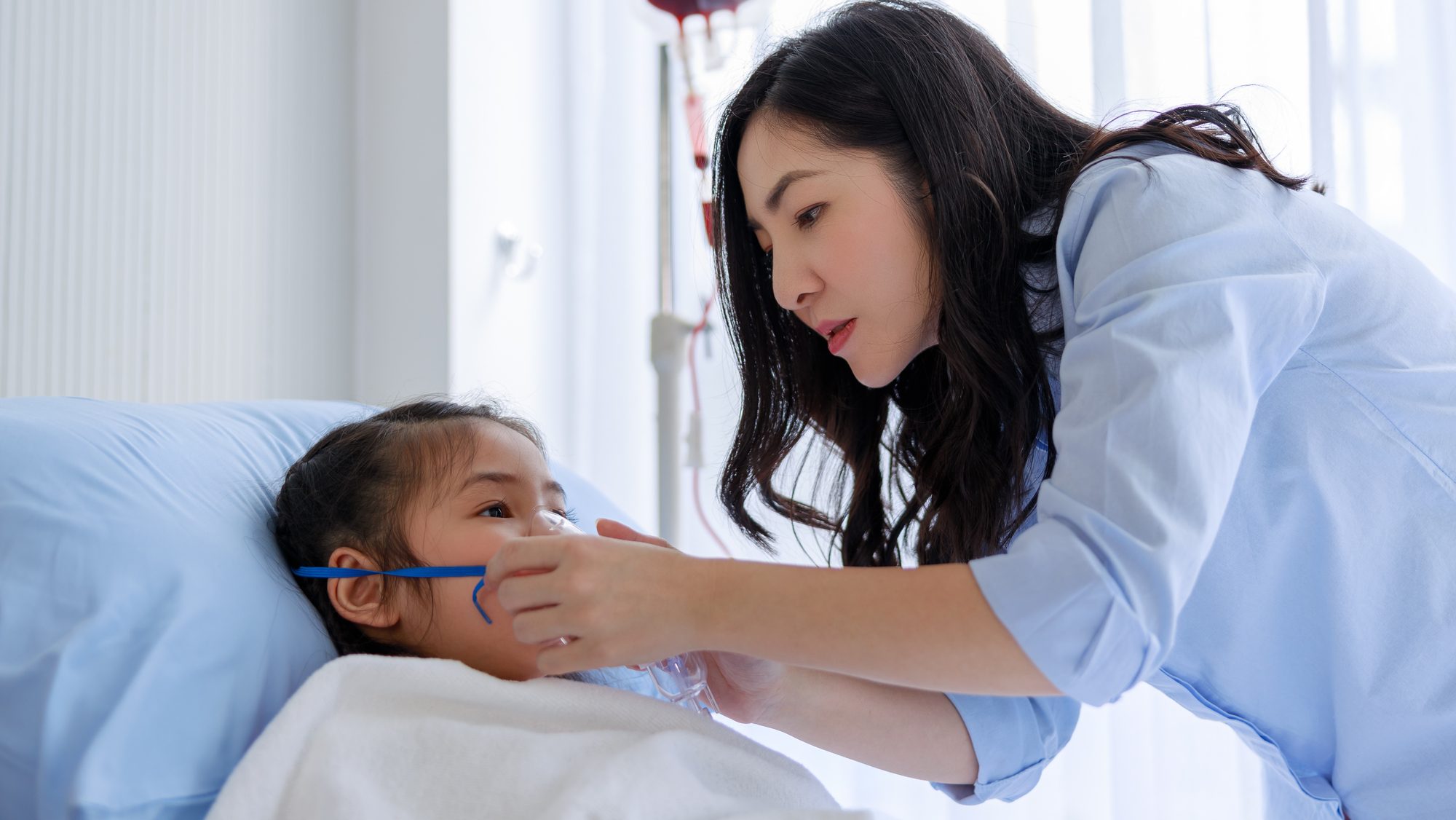NEPAL: The World Health Organisation (WHO) is urging Southeast Asian countries (SEA) to be responsive to the health needs of adolescents.
WHO Southeast Asia regional director Saima Wazed said adolescence between 10 and 19 is a distinctive development and requires special physical and emotional attention.
She recently spoke at the three-day Regional Meeting to Achieve Population through Adolescent Responsive Health Systems conference in Kathmandu.
Wazed emphasized that investments in adolescent health had a triple benefit: immediate benefit through health-promoting positive behaviours and by prevention, early detection, treatment, and rehabilitation.
Wazed added that it also results in future benefits by helping inculcate healthy lifestyles, reducing harmful behaviours and morbidity later in adulthood, and intergenerational benefits by promoting healthy practices during adolescence and preventing risk factors for disease.
About 670 adolescents die in Southeast Asia every day due to causes like adolescent pregnancy, mental health issues, poor nutrition, non-communicable diseases and self-harming, in addition to other issues.
1 in 7 boys and 1 in 9 girls aged 10–19 years in our region have a mental health condition. But the services are not always available and some feel ashamed to seek help.
Join us and @siwonchoi in supporting mental health care for a better future #ForEveryChild pic.twitter.com/tBqbnlyGDx
— UNICEF East Asia Pacific (@UNICEF_EAPRO) September 21, 2024
Many of these are preventable or treatable, but unfortunately, access to health care is not good enough.
“Our health systems have not achieved the same level of adolescent-centricity as other age groups. They, along with the health service delivery platforms, are primarily designed for disease management or for specific age groups such as mothers, children or adults,” said Wazed.
The regional director said that designing and creating adolescent-responsive health systems was crucial.
“We need to ensure their access to high-quality, inclusive and respectful health services. Adolescents should be able to avail of these services anywhere they choose and without any restrictions, financial or otherwise.
This will also strengthen comprehensive primary health care, moving us closer to our Universal Health Coverage goals,” said Wazed.
To create a more sustainable, equitable and healthier society in Southeast Asia, investing in the health of women, girls, adolescents, and vulnerable populations was one of five tactical approaches by WHO, explained the regional director.
Featured image by Depositphotos

